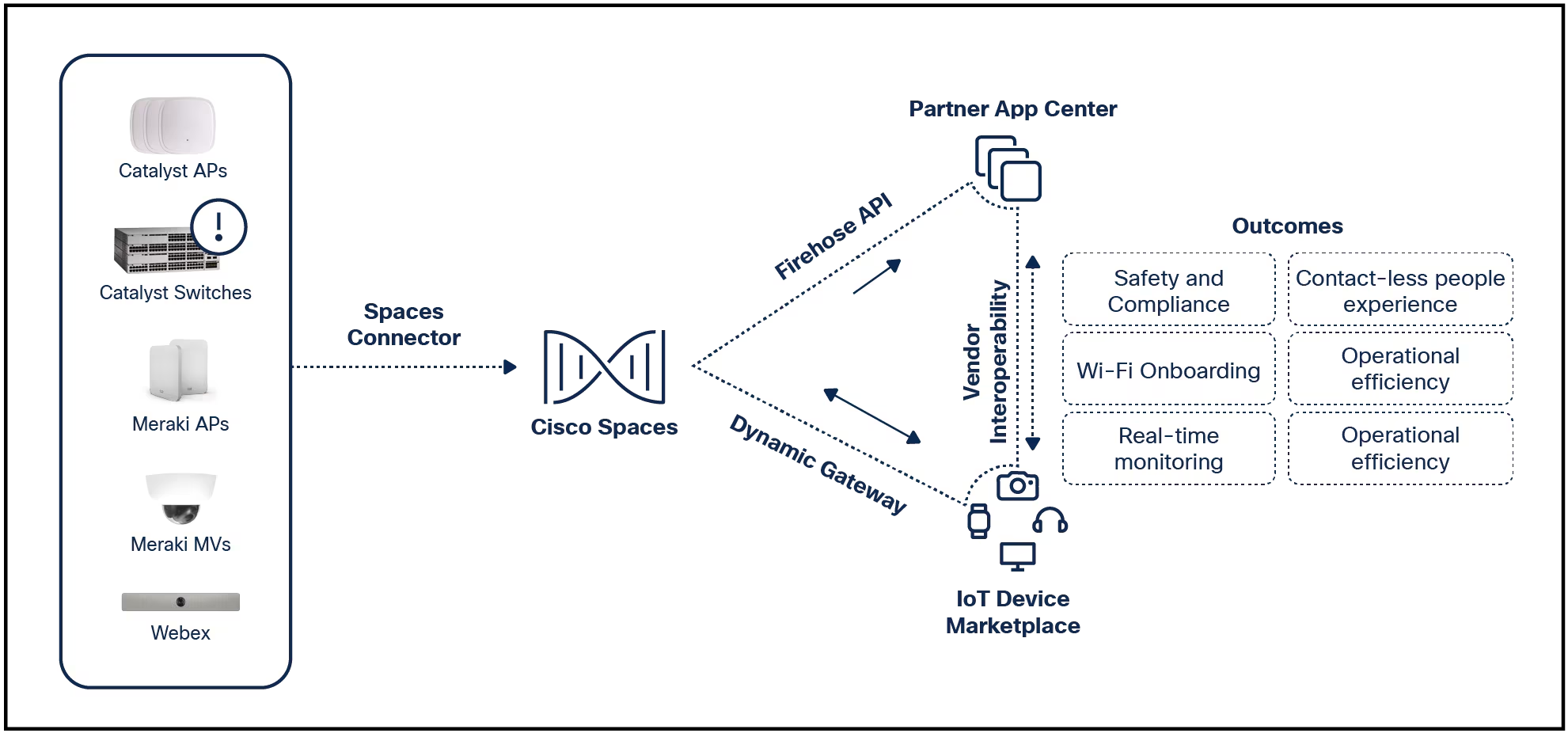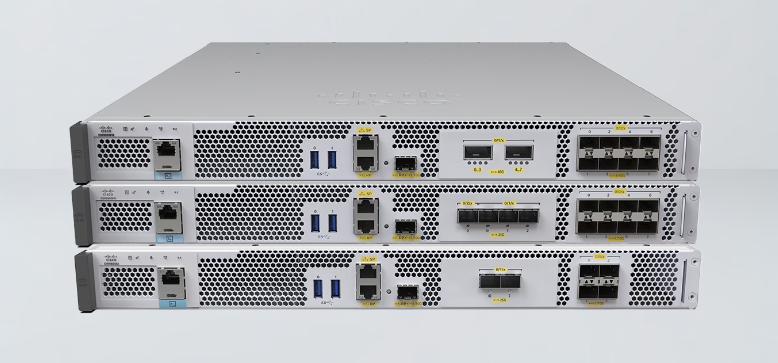































As the COVID-19 pandemic unfolded, the value of IT modernization for state and local government agencies at all levels became crystal clear. Those governments that had invested in more flexible networks and applications were able to rapidly and easily transition to hybrid work environments. This allowed them to provide continuity of critical citizen services even as the outbreak spread. IT modernization also empowered greater security, allowing them to better protect their data, and that of citizens, as it moved across their networks. But as the pandemic continues, the roadmap to IT modernization may take a new route.
Prior to March of 2020, when we were thinking about state and local government services, everything was directed outward toward the citizen. Suddenly, that conversation changed as millions of people were forced to work from home. The focus of state and local government IT shifted towards business continuity and how to provide government workers a quality experience despite different circumstances.
There used to be a general distrust around remote work in government. However, as we suspected from experience in the private sector, government services can be delivered effectively remotely. We have also learned many of our customers are using software-as-a-service products, which is what allowed them to transition employees to remote work status so quickly and to enable effective collaboration. Having easy-to-use applications is critical to enable a massive number of people to conduct business over virtual interactions.
Even before the pandemic, there was a steady shift of applications moving to the cloud, and a major driver was for people to have access to those applications anytime and anywhere. But recent events reveal that government's IT modernization efforts require us to rethink our network architecture approach. Speed and security are key. We need to make sure we can quickly spin up a secure infrastructure so we can deliver government services in any circumstance.
Going forward, the roadmap for IT modernization in state and local governments should focus on the term "elastic." Organizations need to be able to move from on-premises operations to wherever the worker is based. We have talked about an end-to-end architecture for a long time but being able to abstract hardware from the services required gives you a lot more control. Three key areas are:
As the pandemic continues, several state governments have begun discussing a reduction in their building capacity (by as much as two-thirds). Why? Simple, they can now deliver the same level of services without having the same real estate footprint.
Just like we think about multicloud and distributed applications, now we're distributing people. When you're going to let your staff work from potentially anywhere, you need to rearchitect your applications for both on premises and the cloud based on their needs. For example:
It's critical that IT leaders like yourself begin developing long-term strategic approaches to IT modernization in government. As you do, consider strategies that help you maximize its true value and leverage your existing infrastructure for maximum efficiency and return on investment. To help guide your efforts, I recently sat down with our friends at the award-winning national magazine Government Technology to discuss what the roadmap for IT modernization looks like as the pandemic continues. I invite you to watch at IT Modernization in State and Local Government
At Cisco, we're working with the public sector to actively develop and implement innovative and secure solutions that can scale with the needs of government and enhance resiliency in times of stress. And together with our partner Government Technology, we're exploring strategies for building the next generation of government (learn more here). We invite you to join us.
 Hot Tags :
Featured
SD-WAN
State and Local Government
#GovernmentNow
IT modernization
#itmodernization
Hot Tags :
Featured
SD-WAN
State and Local Government
#GovernmentNow
IT modernization
#itmodernization